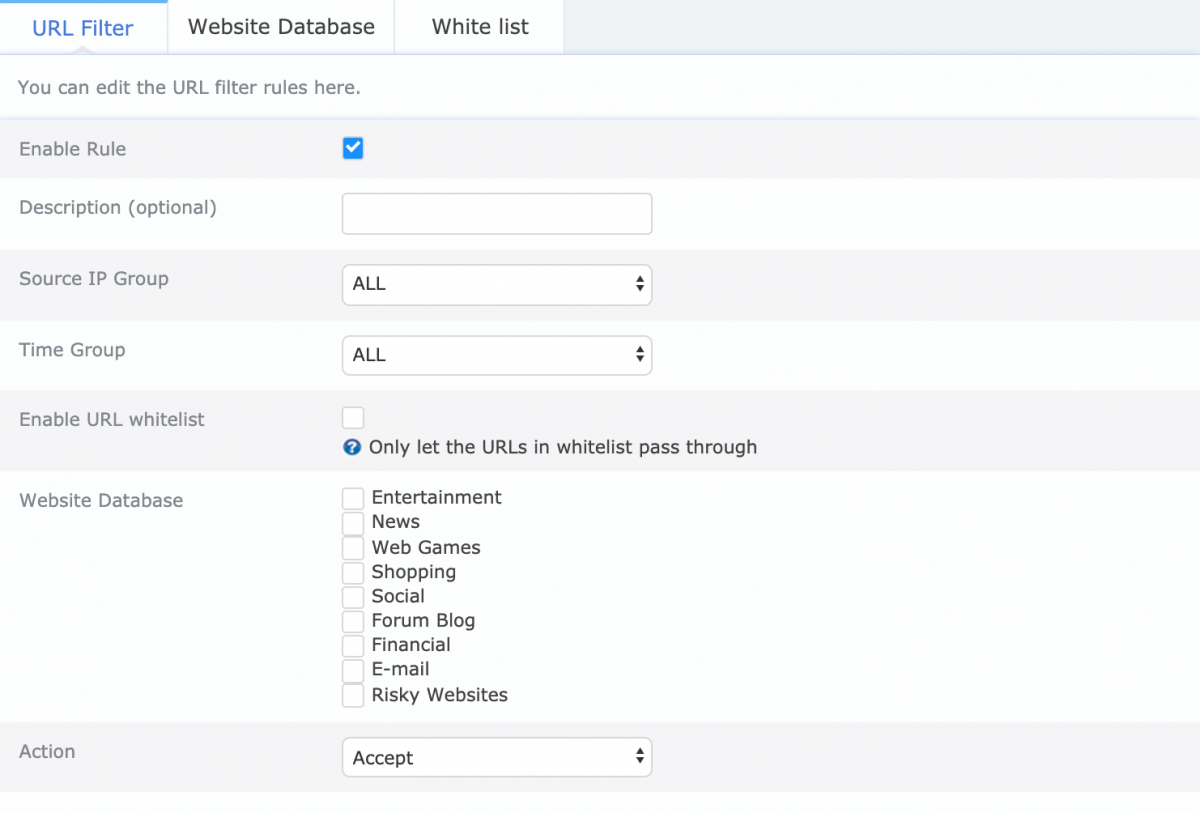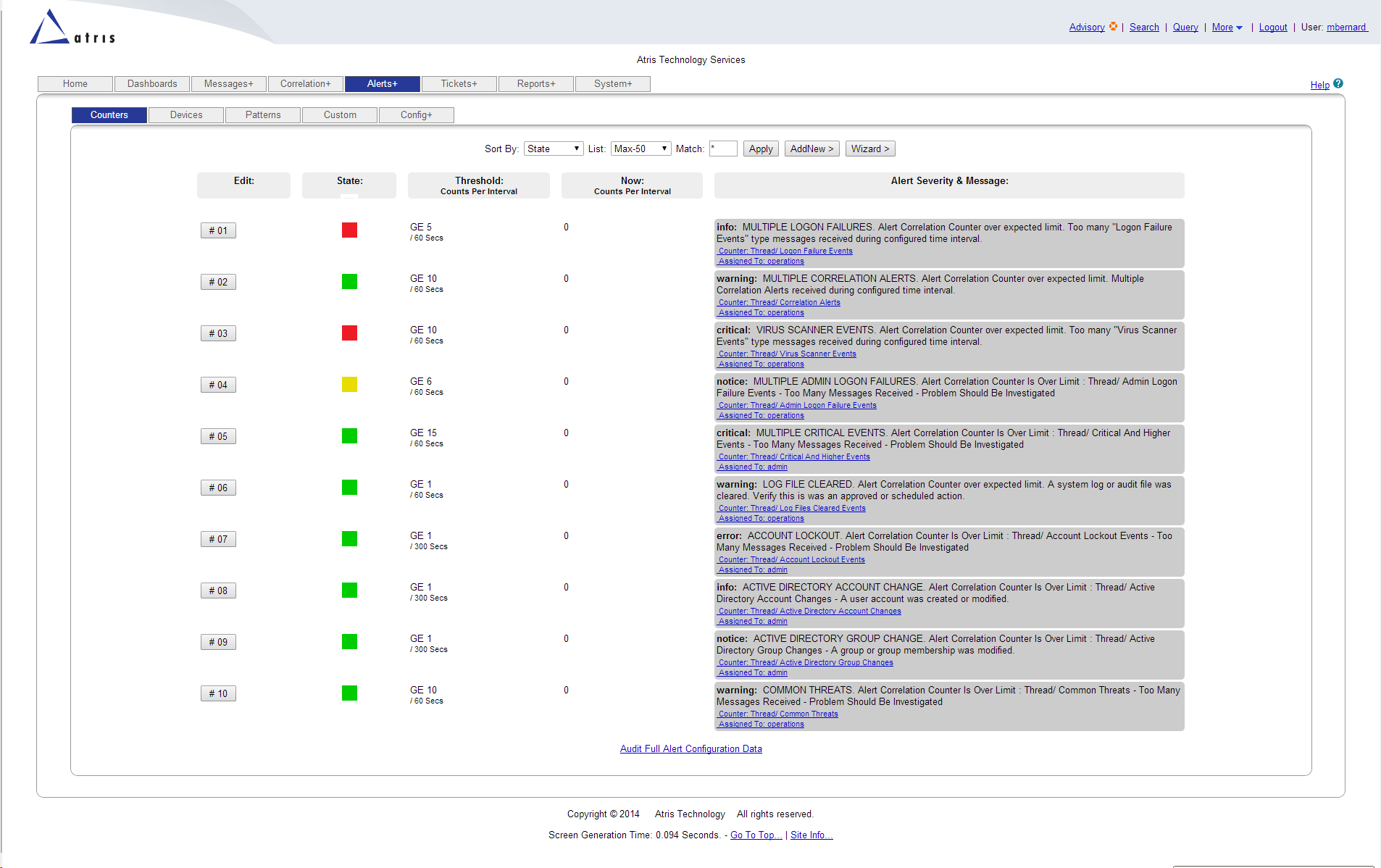BGP Protocol Uses Port 179

The Border Gateway Protocol (BGP) is a crucial component of the internet’s infrastructure, facilitating the exchange of routing information between different autonomous systems (AS). One of the key aspects of BGP is its use of a specific port for communication.
BGP uses port 179 for establishing and maintaining peer relationships between BGP speakers. This port is utilized for both incoming and outgoing connections, enabling the exchange of routing information, keepalives, and other BGP messages. The use of a dedicated port allows network administrators to configure firewalls and access control lists (ACLs) to permit or deny BGP traffic as needed.
To understand the significance of port 179 in BGP, it’s essential to delve into the basics of the protocol. BGP is an application-layer protocol that operates over TCP, relying on the reliability and sequencing provided by the Transport Control Protocol (TCP). When a BGP speaker initiates a connection to a peer, it establishes a TCP connection to port 179 on the remote device. This connection is then used for the exchange of BGP messages, including OPEN, UPDATE, NOTIFICATION, and KEEPALIVE messages.
The BGP protocol is designed to be flexible and scalable, allowing it to adapt to the complex and dynamic nature of the internet. By using port 179, BGP speakers can establish and maintain connections with multiple peers, facilitating the exchange of routing information and ensuring that traffic is directed efficiently across the network.
BGP Message Types
BGP uses several types of messages to communicate with peers, including:
- OPEN: Used to establish a peer relationship between two BGP speakers.
- UPDATE: Contains routing information, such as NLRI (Network Layer Reachability Information) and path attributes.
- NOTIFICATION: Indicates an error or other notable event, such as a peer reset.
- KEEPALIVE: Periodic messages sent to maintain the connection and verify peer reachability.
Each of these message types plays a critical role in the BGP protocol, and their transmission over port 179 ensures that routing information is exchanged efficiently and reliably.
Security Considerations
The use of port 179 for BGP communication also raises security considerations. Since BGP is a critical protocol for internet infrastructure, it’s essential to protect BGP traffic from unauthorized access or tampering. Network administrators can implement various security measures, such as:
- MD5 authentication: Adds a digital signature to BGP messages to ensure authenticity.
- TCP Authentication Option (TCP-AO): Provides a more robust authentication mechanism for TCP connections, including those used for BGP.
- Firewall rules: Configure firewalls to only permit incoming BGP traffic from trusted peers.
By securing BGP traffic and protecting port 179, network administrators can help prevent malicious activities, such as route hijacking or BGP spoofing, which can have significant consequences for network stability and security.
Troubleshooting BGP Issues
When troubleshooting BGP issues, it’s often necessary to verify that port 179 is open and functioning correctly. This can involve:
- Checking firewall rules: Ensure that firewalls are configured to permit incoming and outgoing BGP traffic on port 179.
- Verifying TCP connections: Use tools like
netstatortcpdumpto confirm that TCP connections are established and active on port 179. - Analyzing BGP logs: Examine BGP log messages to identify any errors or issues related to port 179 or BGP message exchange.
By following a systematic approach to troubleshooting, network administrators can quickly identify and resolve issues related to port 179 and BGP communication.
What is the primary purpose of BGP port 179?
+The primary purpose of BGP port 179 is to establish and maintain peer relationships between BGP speakers, facilitating the exchange of routing information and other BGP messages.
How does BGP use TCP for communication?
+BGP operates over TCP, relying on the reliability and sequencing provided by the Transport Control Protocol (TCP) to exchange routing information and other BGP messages.
What security measures can be implemented to protect BGP traffic on port 179?
+Network administrators can implement security measures such as MD5 authentication, TCP Authentication Option (TCP-AO), and firewall rules to protect BGP traffic on port 179.
In conclusion, the use of port 179 for BGP communication is a critical aspect of the protocol, facilitating the exchange of routing information and ensuring the stability and security of the internet. By understanding the role of port 179 and implementing proper security measures, network administrators can help protect BGP traffic and maintain the integrity of the global network.



